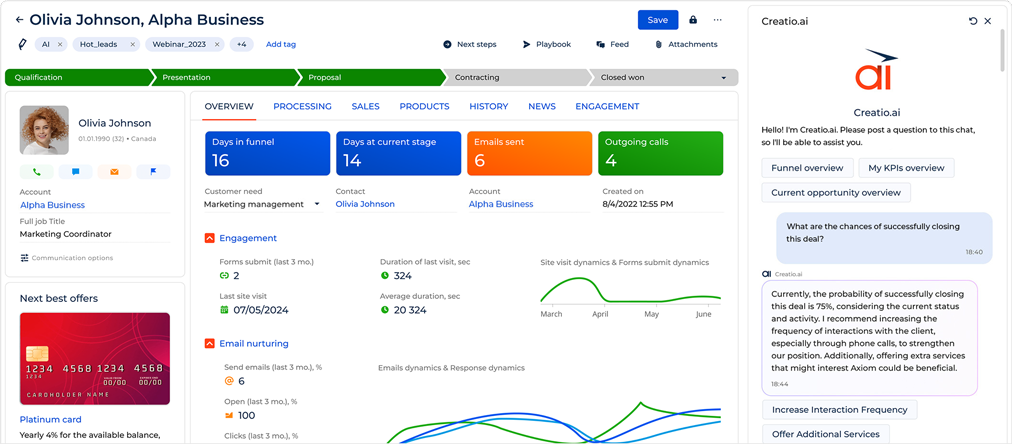-
No-code
Platform
-
Studio
Platform agentik no-code memberikan time-to-value tercepat dan ROI tertinggi
Menemukan -
Studio
-
AI-Native CRM
CRM
-
AI-Native CRM
CRM era baru untuk menangani pelanggan & alur kerja operasional
Produk CRMMenemukan -
AI-Native CRM
- Industri
- Pelanggan
- Mitra
- Tentang
What is no-code ?
Create a no-code company to empower every employee to automate workflows and create business apps in minutes


What is no-code?
No-code is an approach that allows software engineers and non-technical users to build applications and automate workflows through visual interface and configuration. It dramatically speeds up the delivery of new software applications compared to traditional development approaches, thus allowing companies to innovate faster and resolve IT bottlenecks.
By providing easy-to-use yet powerful tools for end-to-end application development, including UI/UX design tools, AI/ML modeling, and built-in automated QA, the no-code approach empowers all employees to become proficient software creators without learning to code.
What is no-code development?
No-code development refers to a modern software development process that eliminates the need to write code to build applications. It leverages a visual approach that enables users to create, design, and develop applications by drag-and-dropping pre-configured blocks of code.
A no-code platform is designed to simplify the software development process by reducing the need for developers to acquire programming skills. With no-code development, applications can be built faster and cheaper than traditional software development.


What are no-code technologies?
No-code technologies are software development tools that allow users to create applications without coding skills.
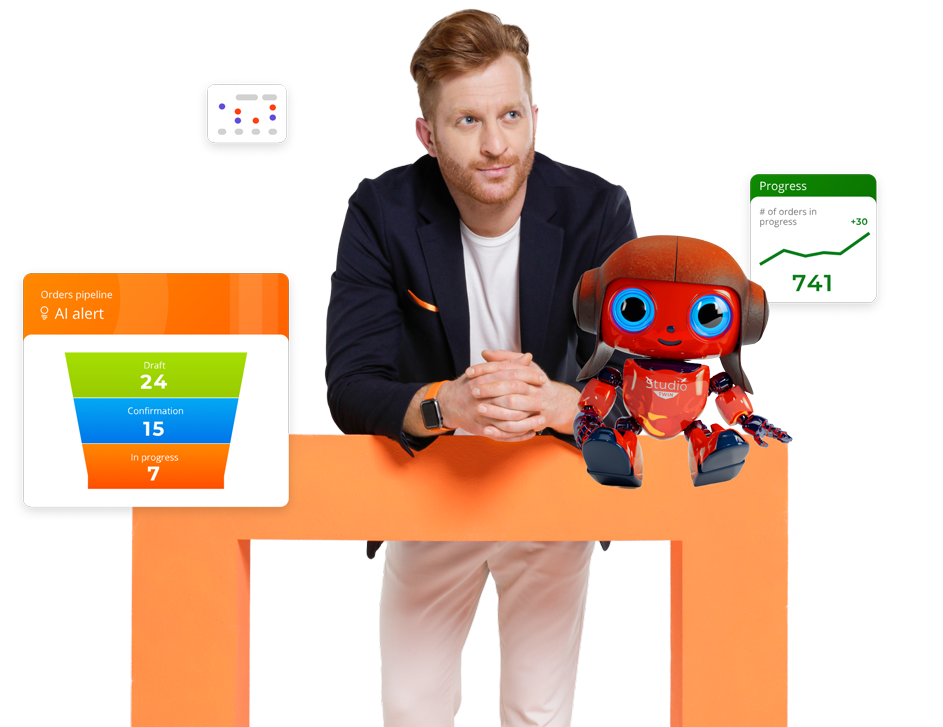
What are the reasons for choosing no-code?
No-code disrupts traditional software development practices by offering greater flexibility in app design, customization, and integration and shortening time-to-market by up to 10 times, according to Creatio's recent report, "The State of
Consider the following key reasons to choose and adopt a no-code development platform.
1
Increased IT innovation capabilities
No-code tools allow practically any user without IT skills to quickly create new apps and digital workflows. This opportunity helps to take some load off the IT department's shoulders, allowing professional engineers to focus on more complex projects.
2
Improved efficiency and faster time-to-market
The traditional software development process is often time-consuming, complex, and expensive. No-code development platforms offer a rich set of tools, such as drag-and-drop UI/UX designers, business rule editors, composable applications, and templates, that allow users to build applications in a fraction of the usual time.
3
Evaluate the ease of use
No-code development platforms are designed to be user-friendly, but not all platforms are created equal. It's essential to evaluate the ease of use of each platform and consider the learning curve for your team. Look for platforms that offer intuitive interfaces and comprehensive documentation.
4
Unlimited freedom to own and evolve your automation
Compared to traditional processes and legacy technologies, digitalization provides organizations with many significant benefits, such as end-to-end process automation, cross-departmental alignment, and the ability to adapt quickly to an ever-changing work environment. Implementing no-code platforms is essential to digital transformation as they help organizations build and automate enterprise-grade workflows of any complexity – without using code, deep technical knowledge, and any other restrictions.
What are No-code platform components?
No-code platforms typically consist of several components that work together to provide a comprehensive development environment:
No-code Designer
Unlock your creativity with intuitive and powerful no-code design tools. Our platform allows you to effortlessly create and customize pages, views, data models, workflows, and integrations, all within a user-friendly workspace. With cutting-edge technology, you can quickly bring your ideas and projects to life without technical expertise.

Workflow Automation
By implementing cutting-edge automation technologies, achieve maximum efficiency and control over your organized and flexible workflows. Streamline your processes and ensure optimal management via workflow automation capabilities that are tailored to meet your specific needs.

Freedom UI Designer
Create an aesthetically pleasing interface of any kind with a maximum degree of freedom. Use a comprehensive collection of pre-existing views, widgets, and templates to expedite the design procedure.

Integration and API
Easily connect your enterprise by setting up integrations through SOAP and REST services- in just a few minutes! With ready-to-use connectors, you can take full advantage of the benefits of seamless integration.

Analytics and Reporting
Gain insight into your data with comprehensive reporting capabilities. The no-code platform lets you easily view and analyze detailed reports, dashboards, and key performance indicators (KPIs) for various use cases and roles.

What is the difference between low-code and no-code?
The concepts of "low-code" and "no-code" have much in common, such as offering visual design tools for streamlined application development.
The critical difference is that low-code platforms stand on the premise that coding should remain a necessary part of the development process. While the developer can quickly create a basic solution prototype via visual design tools, further work with low-code platforms typically requires some coding, debugging, and other traditional software development practices.
True to their name, no-code platforms eliminate code by offering more flexible and comprehensive visual design tools, configuration wizards, and libraries of prebuilt components and templates. No-code tools like Creatio allow using code as an extra option – but in no way mandatory for building a typical app. This option is to cater to the needs of professional developers and give them all the development freedom they might require.
Low-code
No-code
Pro developers
Business users, pro developers
Speed of development, maximum customizability
Speed of development, maximum adoption among users
Coding is needed
No coding is required or can be used as an option
Requirements-driven development process
Use case/business-driven development process

Try a leading low-code /no-code platform to build applications and automate workflows with a maximum degree of freedom
Pengguna menyukai Creatio





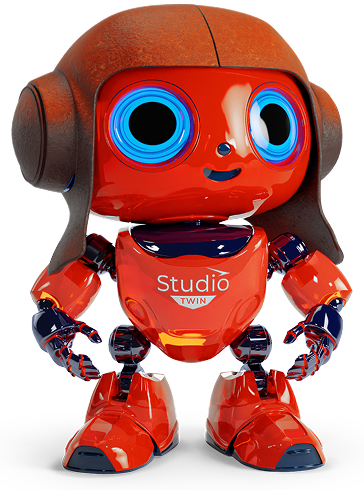
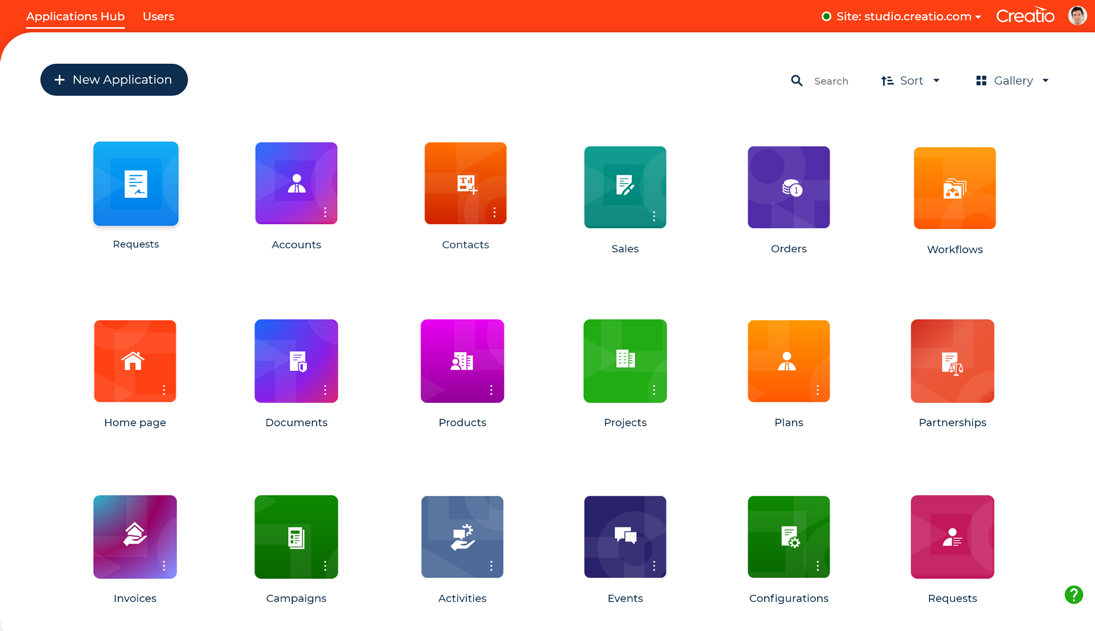

Creatio Diakui sebagai Leader dalam 2025 Gartner® MQ™ for B2B Marketing Automation Platforms Untuk Tahun Kelima Berturut-Turut
Creatio Diposisikan sebagai Visionary Dalam 2025 Gartner® MQ™ untuk Sales Force Automation Platforms
Creatio Dinobatkan sebagai Leader dalam Gartner MQ untuk Marketing Automation Platforms 2024
Creatio Dinobatkan sebagai Visionary dalam Gartner MQ untuk Sales Force Automation Platforms 2024
Creatio Dinobatkan sebagai Visionary dalam Gartner MQ untuk Enterprise Low-Code Application Platforms 2023
Creatio Dinobatkan sebagai Leader dalam Gartner MQ untuk B2B Marketing Automation Platforms 2023

Creatio Diakui dalam Laporan Solusi Layanan Pelanggan, Q1 2024 oleh Penelitian Independen
Creatio Dinilai Sebagai Satu-Satunya Leader dalam Forrester Wave™ 2024: Low-Code Platforms For Citizen Developers
Creatio disebut sebagai salah satu Strong Performer dalam Forrester Wave™: Sales Force Automation Solutions, Q3 2023
Creatio disebut sebagai salah satu Strong Performer dalam Forrester Wave™: Core CRM Solutions, Q3 2022
No-code features
Visual app design tools
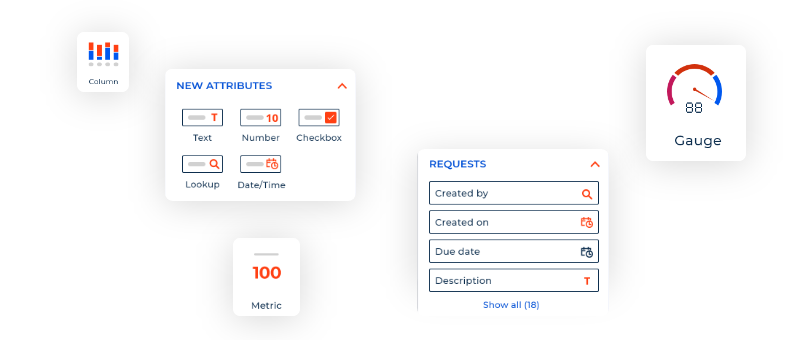
Workflow automation
Enterprise-grade no-code platforms offer tools for end-to-end digital process automation – from simple business processes within a single department to complex cross-departmental workflows containing multiple stages, tasks, and participants. Such workflow automation capabilities enable organizations to digitize not only their internal back-office processes, but also their customer-centric workflows, such as marketing or customer service, and offer a hyper-personalized customer experience.

Out-of-the-box apps and components
Leading no-code platforms provide OOTB (out-of-the-box) functionality, which eliminates the need to build apps from scratch. For example, some no-code tools include modules for data management or ready-to-go components for customer-facing apps, such as service or sales processes management.
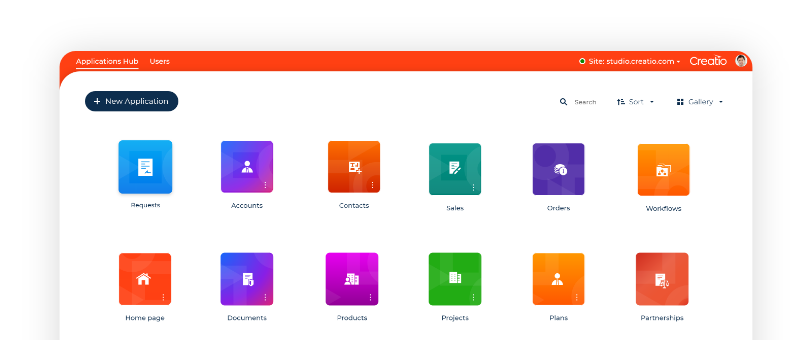
Application lifecycle management

Integrations and ecosystem
In addition to their no-code platform solutions, vendors typically also provide ready-made connectors to third-party apps and OOTB applications through their app stores and marketplaces. Users are also empowered to create their custom integrations via no-code capabilities of the platform, which provide more intuitive visual interfaces to work with API protocols like REST or SOAP.

Artificial intelligence and machine learning
The best no-code tools offer extensive AI/ML tools that empower users to build machine learning models for automated predictions, data classification, natural language processing, next best action recommendations, data-driven decision making, and context-aware personalization – all without writing code or hiring a data scientist.
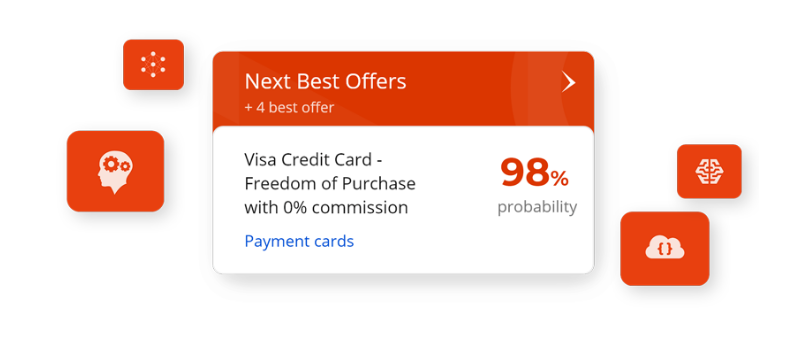
No-code industry solutions
Regarding industry-specific applications, the possibilities for
Many industries rely on intricate workflows and data management systems, which can be time-consuming and challenging. No-code solutions help to automate these processes, allowing businesses to save time and resources while increasing efficiency.
Advantages of no-code

What can you build with a no-code development platform?
Customer engagement
Create omnichannel customer-facing apps to address any types and complexity of customer engagements. Improve customer acquisition, retention, and loyalty with more reliable and personalized digital experiences. Create robust apps to automate sales, marketing, and service workflows without coding.



Reporting, dashboards and analytics
Build highly custom-tailored reports and dashboards that fit your unique business case and display data in an easy-to-use format. Easily abstract away details to see the big picture or dive into the close-up view of your KPIs by using the flexible drill-down capabilities of no-code dashboards.




Operations management
Automate enterprise-grade operational processes for various business domains using no-code software and integrations. Replace lengthy manual processes with automated workflows to increase efficiency, improve cross-departmental alignment, and decrease costs.



Corporate lifecycle management
Streamline multiple corporate tasks related to managing employees, finance, requests, audits, internal service, and support with a no-code development platform. Use highly automated workflows with consolidated, up-to-date information about employees, assets, and documents to increase the productivity of HR and administrative teams.

Legacy modernization
Replace slow, costly, and inefficient legacy systems with a modern, open, highly customizable software ecosystem based on no-code development. Make the transition to a new IT ecosystem fast and smooth without disrupting the critical processes of the enterprise.

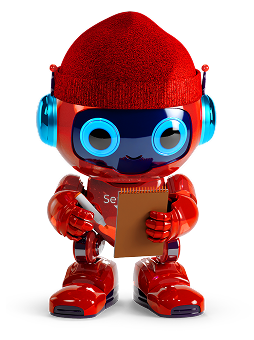

Team collaboration and coordination
Share one environment across your teams to communicate, collaborate, distribute content, schedule tasks, and manage approvals – as quickly and comfortably as possible. Give employees access to consolidated information, content, essential productivity tools, and intelligent workflows to boost their productivity and efficiency.




Vertical-focused automation
Streamline operational and customer-facing processes specific to your industry with no-code development. Use highly automated, vertical-specific workflows – be it the financial sector, manufacturing, IT and high-tech, healthcare, etc. – to achieve operational excellence and improve customer experience.

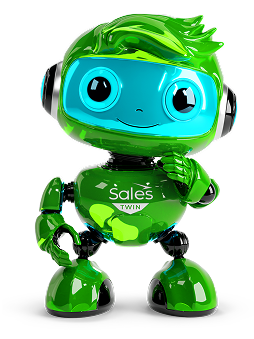

Why use Сreatio for no-code development?
Creatio combines powerful no-code capabilities with ready-to-use SaaS applications, industry-focused workflows, built-in productivity and collaboration tools, and a universe of templates and connectors – all developed on one platform. This approach brings an excellent level of alignment and accelerates time-to-value.
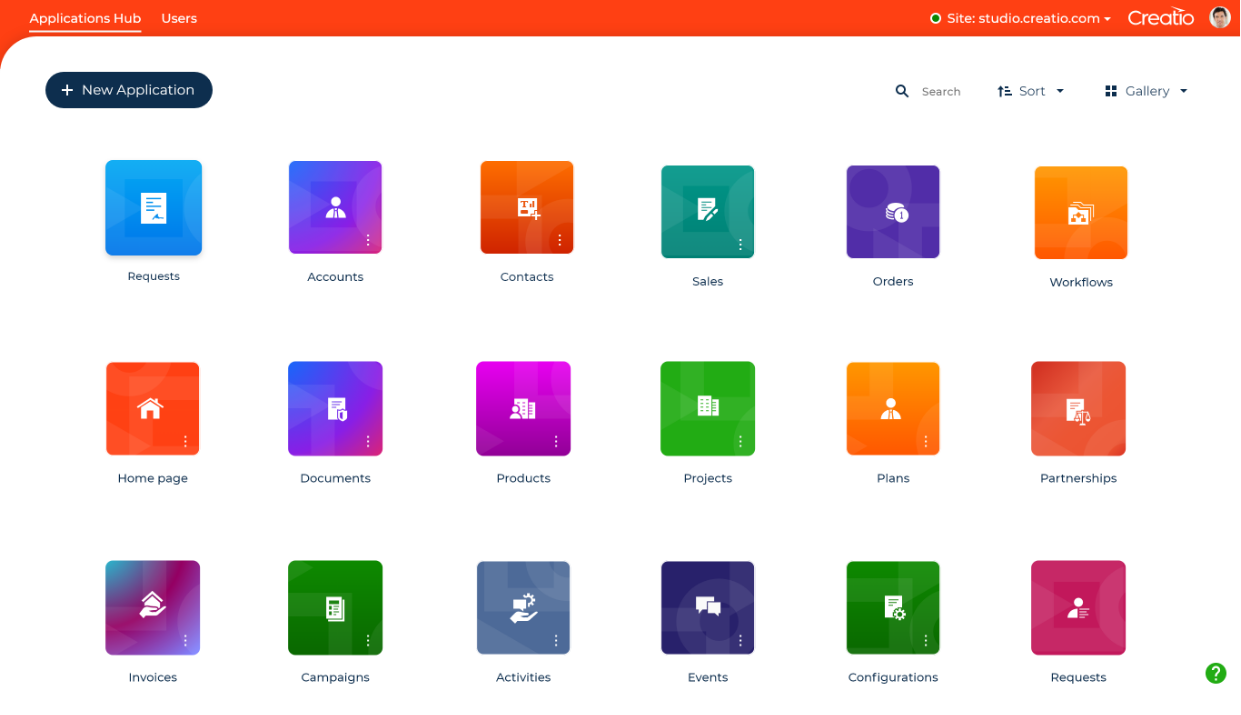
No-code FAQ
Who uses no-code ?
Any employee, even if without IT skills, can use no-code to develop custom applications. Visual modeling tools and intuitive configuration make it possible for almost anyone in an organization to create solutions and digitize their work processes.
What are no-code tools?
No-code tools are application development platforms that allow non-technical users to build and deploy their apps without writing a single line of code. Using no-code tools, employees can streamline and automate various tasks and use cases across their organization, such as project management, critical data handling, routine workflow automation, and many others.
Is no-code the future?
No-code is one of the key technology trends today and it continues to pick up steam. This comes as no surprise since no-code platforms bridge the gap between professional programmers and non-programmers, maximize productivity in the workplace, greatly reduce the time needed to go from an idea to a fully working application, and help to boost digital literacy across the board.
Will no-code replace developers?
Traditional development, which requires coding and deep technical knowledge, will continue to be widely used in many industries that require implementation of complex and large-scale IT ecosystems. The no-code approach was not designed to completely replace traditional development, but rather to allow non-technical users to develop and test the necessary apps quickly on their own without burdening their IT departments.
Who are citizen developers?
Citizen developers are non-tech professionals who use no-code tools in a company to create new or modify existing business apps without the need to involve IT departments.
How do i get started choosing a no-code platform?
A good no-code platform offers easy-to-use application development tools as well as a rich set of prebuilt components to get started with. Choose the platform that offers a good start for your business use case with a solid library of OOTB components, but also ensure that it provides enough development tools to expand and customize your solution over time.
What are the limitations of no-code platforms?
Even though the capabilities of no-code platforms grow quite rapidly, they are most applicable for building business applications and not complex technical solutions. No-code platforms fit the best for workflow-driven applications, UI/UX-heavy solutions, customer engagement applications, productivity and project management tools, web and mobile apps. In many cases, no-code platforms are used by organizations to more easily create “front-end” solutions for their users, while saving more of their IT team’s energy for “back-end” data processing solutions that cannot do without custom coding.
What does the market for no-code platforms look like?
There are many types of no-code platforms that focus on different types of solutions, such as web applications, BI and analytics, digital process automation, IoT applications, as well as multi-purpose enterprise data management solutions. If you have a narrow use case, it is probably best to look for a platform that is specialized in your niche. For more general use cases, multi-purpose enterprise-grade platform like Creatio will give you both a strong start and a future-proof technology.

































































